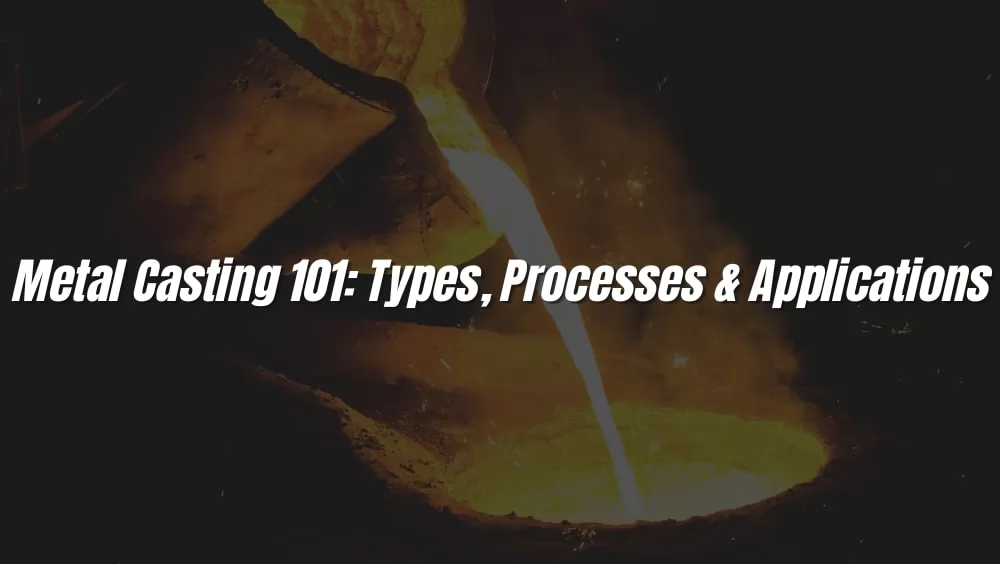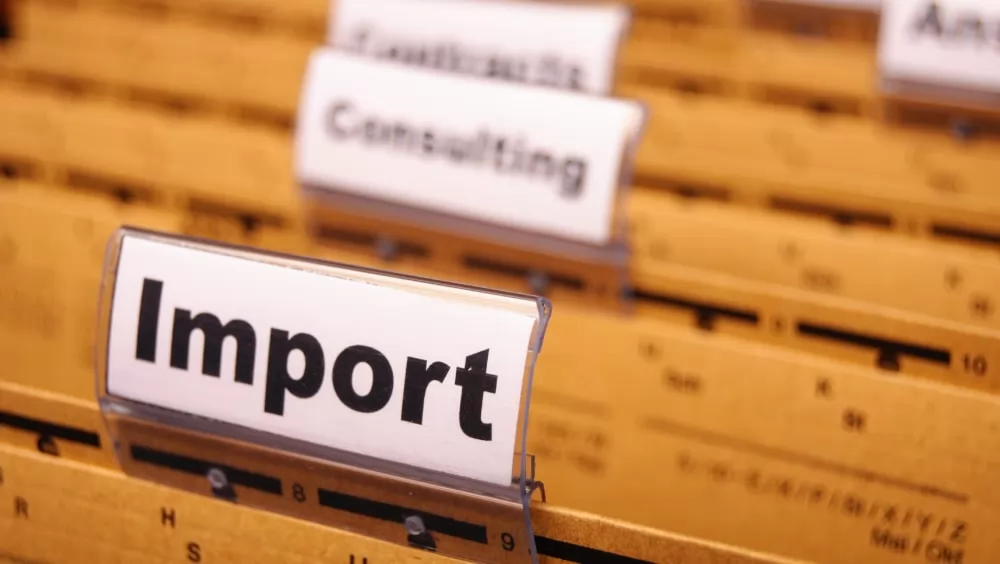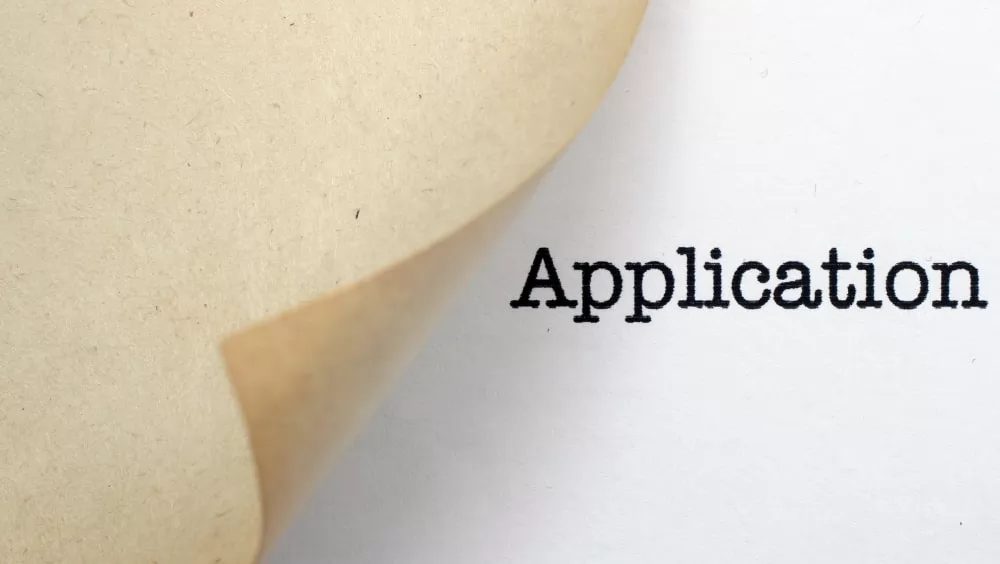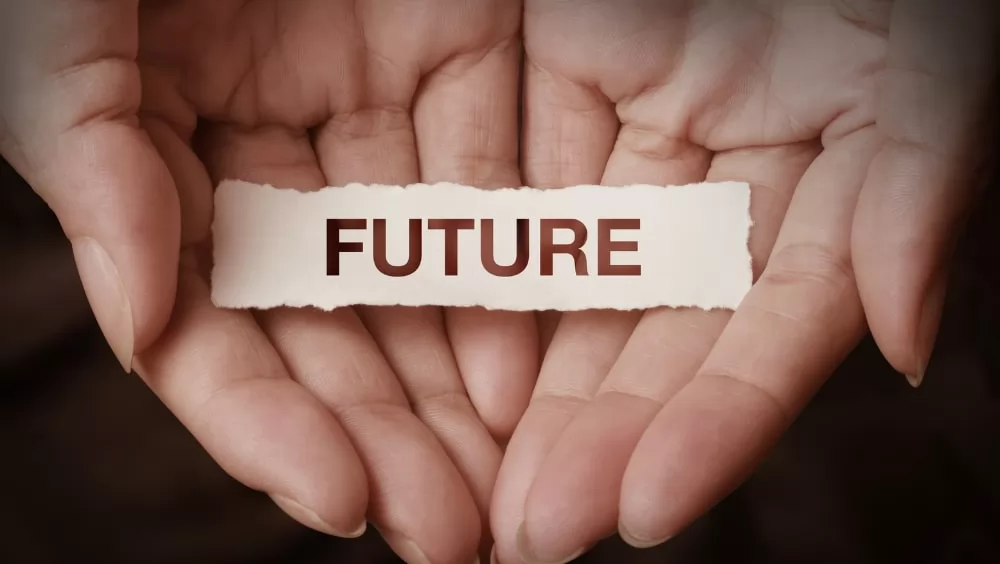
Metal casting is a fundamental manufacturing process used to create a wide variety of parts and products. From simple tools to complex machine components, casting offers flexibility and precision that few other methods can match. Understanding the basics of casting types and processes helps to appreciate its importance in many industries.
This guide will introduce you to the main casting methods and how each is used in different applications. Whether you’re new to the topic or looking to refresh your knowledge, you’ll find useful insights here.
Casting isn’t just about pouring molten metal—it’s about shaping the future of manufacturing. Let’s explore how this timeless process continues to evolve and power modern production.
Table of Contents
- Importance of Metal Forging
- Types of Metal Casting
- The Metal Casting Process: Step-by-Step
- Common Materials Used in Metal Casting
- Advantages and Disadvantages of Metal Casting
- Applications of Metal Casting Across Industries
- Innovations and Future Trends in Metal Casting
- FAQ
- Conclusion
Importance of Metal Forging

Metal forging is a vital manufacturing process because it improves the mechanical properties of metal parts, making them stronger, tougher, and more reliable than parts made by casting or machining alone. During forging, the metal’s internal grain structure is refined and aligned along the shape of the component, which greatly enhances its fatigue resistance, ductility, and impact strength — essential qualities for critical applications in industries such as aerospace, automotive, and energy.
In addition to superior strength and durability, forging also helps reduce material waste and can produce near-net shapes that require minimal machining afterwards. This makes forging a cost-effective and efficient process, especially for high-volume production. Its ability to create parts with consistent quality and dimensional accuracy ensures safety and performance in demanding environments where failure is not an option.
Types of Metal Casting
| Type | Pros | Cons |
|---|---|---|
| Sand Casting | Low cost, flexible for large parts, small to large runs. | Rough surface finish, limited precision. |
| Die Casting | High dimensional accuracy, smooth finish, fast cycles. | High tooling costs, best for non-ferrous metals. |
| Investment Casting | Excellent for complex shapes and thin walls. | Costlier and time-consuming for large parts. |
| Continuous Casting | High efficiency, consistent quality, minimal waste. | Limited to simple shapes like bars and sheets. |
| Centrifugal Casting | Excellent for cylindrical parts with dense grain structures. | Mostly suitable for symmetrical parts. |
Choosing the right casting method depends on factors like material, complexity, cost, and production volume. Let’s look at the most common types.
Sand Casting
How it works: Sand molds are packed around a pattern, then molten metal is poured in.
Pros: Low cost, flexible for large parts, suitable for small to large production runs.
Cons: Rough surface finish, limited precision.
Applications: Engine blocks, pump housings, machine frames.
Die Casting
How it works: Molten metal is injected into a steel mold (die) under high pressure.
Pros: High dimensional accuracy, smooth surface finish, fast cycle times.
Cons: High tooling costs, best for non-ferrous metals like aluminum and zinc.
Applications: Automotive parts, electronic housings, household hardware.
Investment Casting (Lost Wax Casting)
How it works: A wax pattern is coated with ceramic, then melted out to create a mold.
Pros: Excellent for complex, intricate shapes and thin walls.
Cons: Costlier and time-consuming for large parts.
Applications: Aerospace components, jewelry, medical devices.
Continuous Casting
How it works: Molten metal is continuously poured into a mold and solidified into a semi-finished billet, bloom, or slab.
Pros: High efficiency, consistent quality, minimal waste.
Cons: Limited to simple shapes like bars and sheets.
Applications: Steel production for construction beams, rods, and flat sheets.
Centrifugal Casting
How it works: The mold spins at high speed while molten metal is poured in, forcing metal against the mold walls.
Pros: Excellent for cylindrical parts with dense grain structures.
Cons: Mostly suitable for symmetrical parts.
Applications: Pipes, bushings, flywheels.
The Metal Casting Process: Step-by-Step
1. Pattern Creation
The process starts with creating a precise pattern that replicates the final part’s shape and dimensions. This pattern can be made from wood, metal, plastic, or wax, depending on the casting method and the required accuracy. The pattern also accounts for shrinkage that happens when metal cools and contracts.
2. Mold Making
Next, the mold is prepared using the pattern. The mold can be made from materials like sand, ceramic, or reusable metal dies, depending on whether it’s a one-time or repeat casting. The mold includes the cavity for the metal and channels for the molten metal to flow.
3. Melting and Pouring
In this step, the chosen metal or alloy is heated in a furnace until it reaches the proper melting point. Once fully molten, the metal is carefully poured into the mold cavity through a gating system, ensuring complete fill without air pockets or defects.
4. Cooling and Solidification
After pouring, the metal must cool and solidify inside the mold. Cooling time depends on the size, complexity, and type of metal. Proper cooling is critical, as it affects the final part’s strength, grain structure, and dimensional accuracy.
5. Shakeout and Cleaning
Once the metal has fully solidified, the mold is broken apart or opened to remove the casting. In sand casting, this is called shakeout. The casting is then cleaned to remove any remaining sand, ceramic shell, or scale formed during cooling.
6. Finishing
The final step involves trimming any excess metal, such as runners or risers, and performing additional machining if tighter tolerances are needed. Surface finishing may include grinding, polishing, or heat treating to achieve the required specifications. A thorough inspection ensures the casting is free from defects and meets quality standards.
Common Materials Used in Metal Casting
Different metals and alloys offer varying properties, making material selection important for performance and cost.
Cast Iron
Good fluidity and castability; excellent wear resistance and vibration damping.
Uses: Engine blocks, pipes, machine frames.
Aluminum Alloys
Lightweight, corrosion-resistant, easy to cast into complex shapes.
Uses: Automotive and aerospace parts, appliances.
Copper Alloys (Bronze, Brass)
Corrosion-resistant with good conductivity and decorative finish.
Uses: Valves, bushings, electrical fittings, art pieces.
Steel and Stainless Steel
High strength and toughness; stainless steel adds corrosion resistance.
Uses: Structural parts, pumps, food processing, medical equipment.
Magnesium and Specialty Metals
Ultra-lightweight; some alloys withstand high temperatures or harsh conditions.
Uses: Aerospace parts, high-end automotive, niche industrial uses.
Advantages and Disadvantages of Metal Casting

Advantages
Metal casting is cost-effective, especially for large and complex parts that are hard to produce by other methods. It offers great design flexibility, allowing for intricate shapes and internal details. A wide variety of metals and alloys can be used, making it suitable for many applications. Additionally, casting often uses recyclable materials, resulting in minimal waste and supporting sustainability.
Disadvantages
Metal casting can sometimes lead to surface defects like rough textures or shrinkage, which may require extra finishing. The process needs careful control to ensure quality and avoid flaws. Also, methods like die casting involve high tooling costs, making them less economical for small production runs. Proper cooling and solidification are essential to prevent internal stresses or dimensional issues.
Applications Across Industries

Automotive: Castings are used for engine blocks, transmission housings, and wheels, providing strength and durability for vehicle performance.
Aerospace: Key parts like turbine blades and structural components are cast to meet high standards of heat resistance and precision.
Construction & Heavy Equipment: Beams, pipes, and pump casings are cast to withstand heavy loads and harsh environments.
Energy: Components such as wind turbine hubs and hydroelectric parts rely on casting for reliability and long service life.
Consumer Goods: Cookware, decorative hardware, and jewelry benefit from casting’s ability to produce detailed and durable products efficiently.
Innovations and Future Trends

Automation and smart casting technologies, including robotics and the Internet of Things (IoT), are increasingly being adopted to improve precision, reduce human error, and enhance process monitoring throughout the casting cycle. This leads to more consistent quality and higher productivity.
3D printing is transforming the casting industry by enabling the production of complex molds and cores quickly and with greater design freedom. These 3D-printed molds shorten lead times and reduce costs, allowing manufacturers to respond faster to market demands.
Sustainability is becoming a priority, with companies focusing on recycling scrap metals, implementing energy-efficient melting furnaces, and using environmentally friendly binders and coatings. These initiatives reduce the carbon footprint and help meet stricter environmental regulations.
In parallel, advancements in alloy development are producing materials with superior strength-to-weight ratios. These advanced alloys enable the creation of lighter, stronger components, which is especially valuable in sectors such as aerospace and automotive where performance and efficiency are critical.
FAQ

Q1: What is metal casting?
Metal casting is a process where molten metal is poured into a mold and solidified to form complex-shaped metal parts.
Q2: What are the common types of casting?
The main types include sand casting, die casting, investment casting, centrifugal casting, and continuous casting, each suited for different materials and products.
Q3: How to choose the right casting process?
Choose based on part complexity, metal type, production volume, and budget. For example, die casting fits high-precision, large-volume production.
Q4: What are common defects in casting?
Common defects include porosity, slag inclusion, cracks, and shrinkage, usually caused by uneven cooling or poor pouring methods.
Q5: Which metals are commonly used in casting?
Cast iron, aluminum alloys, copper alloys, steel, and magnesium alloys are commonly used, chosen based on performance needs and cost.
Conclusion
Metal casting remains a vital part of manufacturing, delivering durable and high-quality parts for countless industries. Knowing its processes and applications helps businesses make better decisions and innovate effectively.
With ongoing advancements in technology and materials, casting continues to adapt and improve, meeting today’s demands for efficiency and sustainability.
For reliable and innovative casting solutions, BESSER is a trusted partner that brings expertise and quality to your projects, helping you stay ahead in a competitive market.
Related Recommendations:
Top 10 Investment Casting Manufacturers & Suppliers in China
Best 10 Metal Casting Manufacturers and Suppliers
Top 10 Lost Wax Casting Companies: Latest List
How to source precision castings from China?
Best 10 Metal Casting Companies in the World



